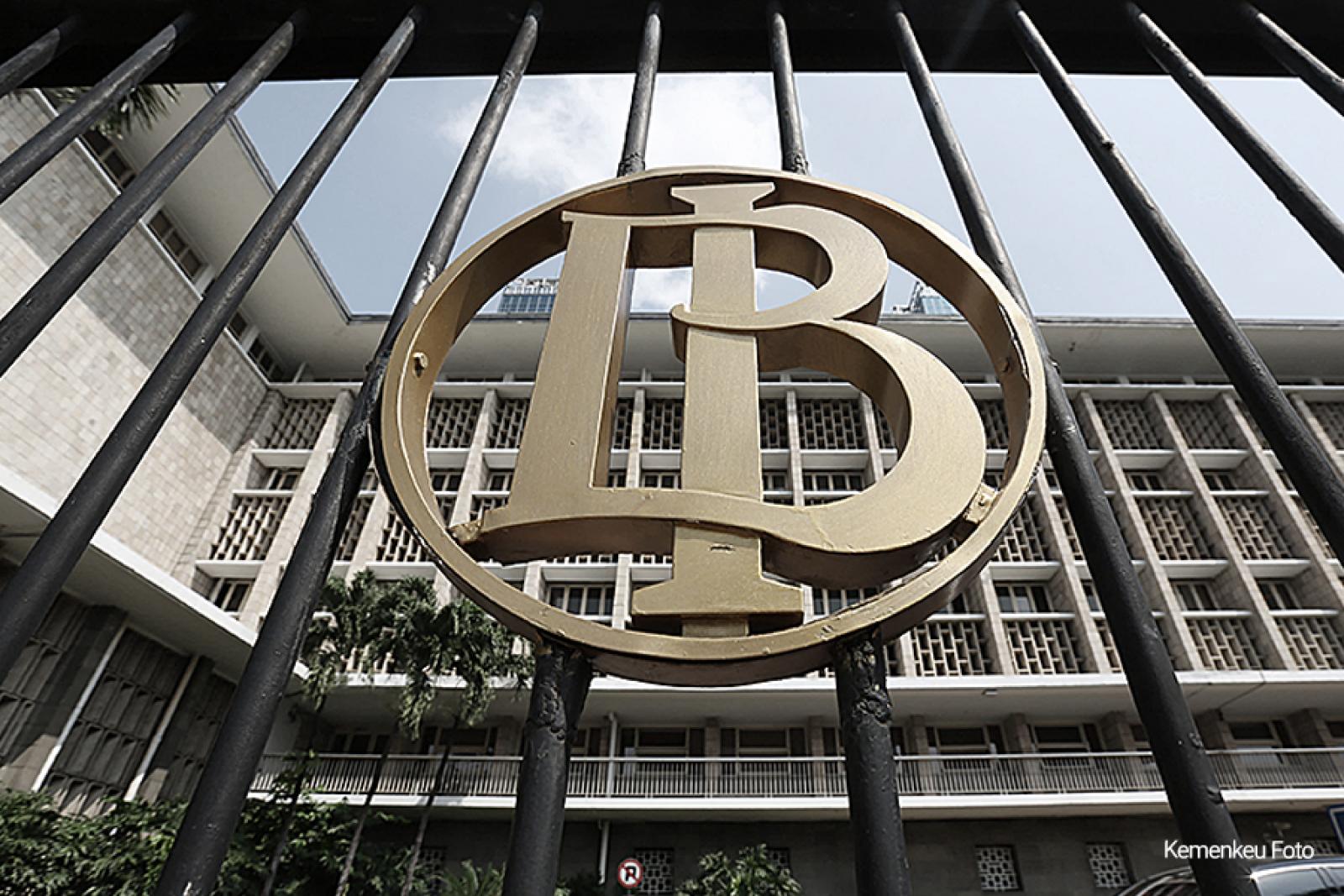
The U.S. dollar weakened against its major counterparts in the New York session on Thursday, as a downgrade of inflation forecasts by the European Central Bank intensified hopes for a rate cut in June.
The ECB left the key interest rates unchanged and lowered inflation forecasts for this year and the next.
The central bank expects inflation to average 2.3 percent this year, 2.0 percent in 2025 and 1.9 percent in 2026.
U.S. nonfarm payrolls data for February will be published on Friday. The employment is expected to increase by 200,000 jobs in February after an increase of 353,000 jobs in January.
In economic news, the Labor Department released a report showing first-time claims for U.S. unemployment benefits came in unchanged from an upwardly revised level in the week ended March 2nd.
The Labor Department said initial jobless claims came in at 217,000, unchanged from the previous week\'s revised level.
Economists had expected jobless claims to come in unchanged compared to the 215,000 originally reported for the previous week.
The greenback dropped to more than a 2-month low of 1.2798 against the pound and near a 2-month low of 1.0942 against the euro, off its previous highs of 1.2722 and 1.0867, respectively. The greenback is seen finding support around 1.31 against the pound and 1.11 against the euro.
The greenback weakened to a 2-week low of 0.8774 against the franc and near a 5-week low of 147.57 against the yen, off its early highs of 0.8823 and 149.36, respectively. The greenback is likely to face support around 0.86 against the franc and 144.00 against the yen.
The greenback fell to a 2-week low of 1.3460 against loonie, 1-1/2-month low of 0.6624 against the aussie and an 8-day low of 0.6176 against the kiwi, from its early highs of 1.3525, 0.6560 and 0.6125, respectively. The currency may possibly face support around 1.30 against loonie, 0.68 against the aussie and 0.63 against the kiwi.





